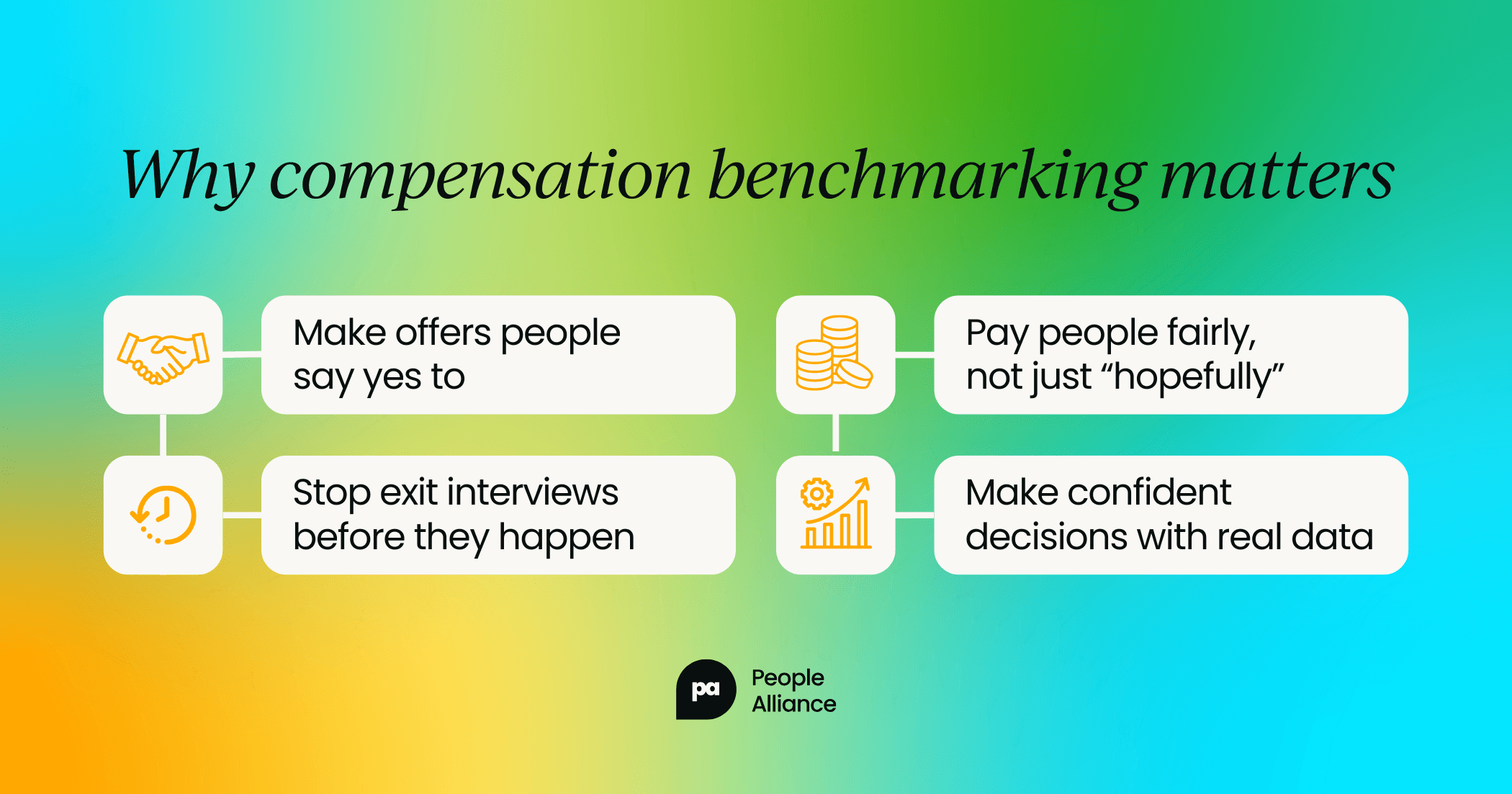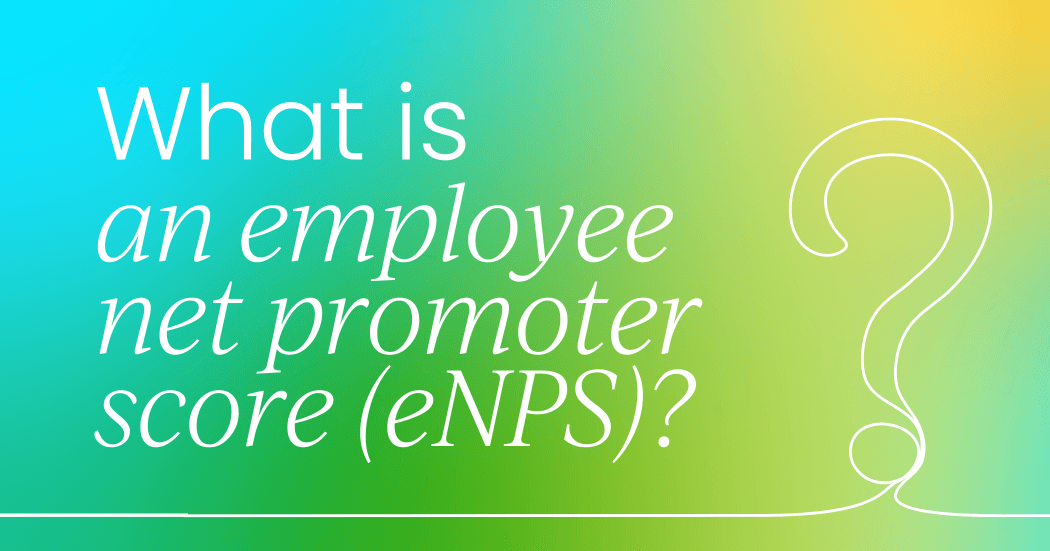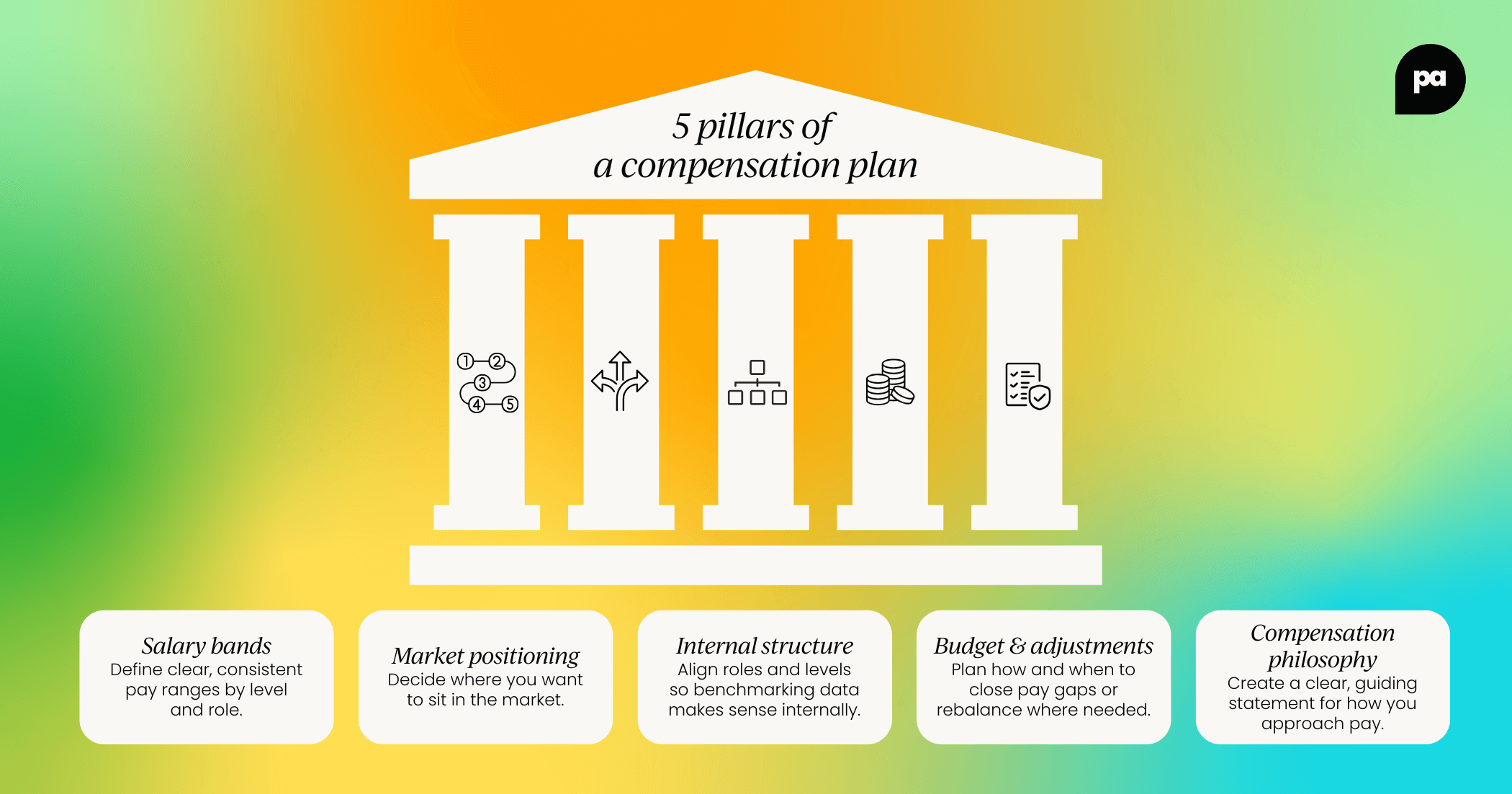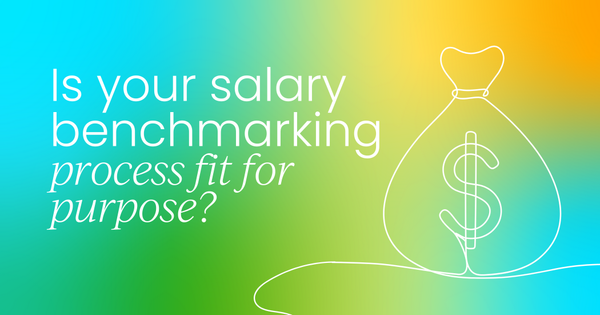Have you ever wondered if your team’s pay is as competitive as you think? Or maybe you’ve had that awkward moment when someone asks, “Hey, why does my friend at Company X make more than I do for the same job?” If you’re nodding along, you’re not alone, and you’re definitely in the right place.
The salary benchmarking process helps you answer these questions with confidence. It’s all about checking your pay and perks against what other companies offer, so you know exactly where you stand. No more guessing. No more hoping you’re “about right.” Just facts.
Here’s what matters:
- Salary benchmarking lets you know if you’re overpaying, underpaying, or right on the money.
- It’s not just about base pay. Think bonuses, benefits, and all the extras that make your offer shine (or not).
- It gives you real data to back up your decisions, so you can say “Here’s why” instead of just “Because that’s what we’ve always done.”
To put it simply, compensation benchmarking helps you understand how your pay stacks up against the market and whether it’s working to attract and keep the talent you need.
This guide covers the key steps in the benchmarking process, including what data to examine, the legal side of things, and how to use those insights to develop fair, competitive, and transparent compensation plans.
- What is compensation benchmarking?
- Why compensation benchmarking matters
- Legal considerations
- How to carry out salary benchmarking
What is salary benchmarking (compensation benchmarking)?
Salary benchmarking, also known as compensation benchmarking, is the process of comparing your company’s internal salaries to the wider market. Doing so helps you understand what similar roles in other companies are paying, so you’ll know whether you're underpaying, overpaying, or hitting the mark. 🎯
It’s not just about base salary either. Good benchmarking looks at total compensation, including bonuses, equity, benefits, and even perks. The goal is to ensure your pay is competitive, fair, and aligned with your company’s objectives.

Why compensation benchmarking matters
Guessing what to pay people is more of a gamble than a feasible strategy. Worse still, it’s one of the quickest ways to lose your best talent. If you want to stay competitive, build trust, and reduce the risk of pay gaps or turnover, compensation benchmarking is the way to go. It provides real data to back up your pay decisions and helps you figure out if you’re paying too much, too little, or just enough to stay competitive.
In fact, 87.6% of HR managers report using salary benchmarks to set pay, according to a study from the NBER Working Paper Series - underscoring just how vital benchmarking has become in today’s workforce.
You can also use the salary benchmarking process to spot pay gaps, support fairness, and ensure your compensation philosophy holds up under pressure.
Here’s a quick look at why compensation benchmarking matters. These four points pretty much sum it up - fair pay, smart decisions, and fewer awkward “we need to talk” conversations with your team.

Legal considerations
Compensation benchmarking is legal, but you have to do it right. For example, it’s better to use aggregated, anonymized market data rather than calling up a competitor and asking what they pay their engineers (yep, that’s a no-go).
You should use reliable, third-party sources and don’t share internal salary data with competitors. Keep a close eye on regional legal requirements, especially if your team is global.
Some other points to keep in mind:
- Data privacy matters. Stick to data that’s anonymous and has been collected by trusted providers.
- Avoid anything that smells like price-fixing. Sharing salary data directly between companies can raise some red flags, especially in the U.S. Always use third-party benchmarking tools or survey providers to stay on the safe side.
- Location makes a difference. Rules around pay transparency, data use, and privacy vary. What’s okay in the U.S. might not fly in the EU or Canada. So, make sure your salary benchmarking process aligns with local laws wherever you're operating.

How to carry out salary benchmarking
Doing salary benchmarking right isn’t just about collecting a bunch of salary numbers - it’s about turning that data into decisions. Here's a simple, step-by-step approach to help you conduct effective compensation benchmarking:
1. Set your objectives
Before you dive into data, you need to ask yourself: What am I trying to solve? The answer could be anything from improving retention to supporting pay equity or staying competitive. Whatever your reason for carrying out the salary benchmarking process, that goal will shape the entire process.
2. Select the roles you want to benchmark
Start by creating a list of clear job titles or roles you want to research. These can be any of your choosing, but you might also want to consider specific roles that are business-critical, hard to hire, or where you’ve heard pay-related grumbles.
3. Collect salary data from reliable sources
Now it’s time to collect data from reliable sources such as salary surveys, data-sharing networks, HR publications, etc. Make sure the data is anonymous and up to date.
Once you’ve collected enough data, take time to sort it according to industry, company, and location. Having this information categorized will help you to:
- Pinpoint relevant data
- Analyze market trends
- Develop competitive pay scales
- Justify pay decisions
- Communicate market insights
4. Analyze the gaps
Once you’ve matched your internal roles to the market data, it’s time to compare. Are you paying more than the market average? Less? Is one team way ahead while another is lagging?
You’re looking for patterns, not just one-off numbers.
🔍 What to look for:
- Are you consistently below the 50th percentile? That could be a retention risk.
- Paying above the 75th? Great, but are you getting the ROI on that spend?
- Big internal inconsistencies? That could mean fairness or equity issues you’ll need to fix.
5. Build a compensation plan
Once you’ve got the data, it’s time to do something with those insights. The goal is to turn salary benchmarking data into a plan that supports your hiring, retention, and pay equity goals. This is the stage where you develop or refine your salary bands, structure job levels, and map out any needed pay adjustments.
Here’s a simple visual of the five pillars every strong compensation plan should include:

Start by deciding where you want to position yourself in the market. Are you aiming to match the median, lead in certain roles, or take a more conservative approach?
Then, make sure your internal job architecture supports that. If your job levels are a mess, even the best compensation benchmarking data won’t help you make the best decisions.
Think about what changes you actually need to make:
- Are you underpaying in key roles?
- Are your bands too wide (or too random) to guide real decisions?
- Do you have clear, fair ranges across teams and locations?
Once that’s clear, you can roll the insights into updated pay structures and plan for any adjustments.
FAQs: Salary benchmarking
What is salary benchmarking criteria?
Salary benchmarking criteria include job title, experience level, industry, company size, location, and sometimes skills or certifications. These help ensure you're comparing apples to apples when evaluating pay.
What is the benchmarking process of remuneration?
Remuneration benchmarking compares your total compensation package, including salary, bonuses, and benefits, to what's offered in similar roles across your industry and region.
What is the best salary benchmarking tool?
The best tool depends on your needs, but Radford, Mercer, and Salary.com are top-tier for enterprises. For startups or smaller companies, Pave and Levels.fyi are excellent options.
Why do we conduct salary benchmarking?
We benchmark salaries to stay competitive, attract top talent, prevent turnover, and ensure pay equity across roles and demographics. It helps you stay aligned with market expectations.
How can salary benchmarking improve my company’s talent retention strategies?
Salary benchmarking improves retention by showing where your pay may fall short and allowing you to proactively adjust compensation before employees look elsewhere.
Why is transparency in salary bands important in the salary benchmarking process?
Transparency builds trust. When employees understand how pay is structured and how it compares to the market, they’re more likely to see the system as fair and stay engaged.
What specific salary data should I review to ensure competitive pay for my team?
Look at base salary, bonuses, equity, benefits, and location-based pay differentials. Also consider tenure, job level, and industry-specific trends.
How can benchmarking identify pay gaps that affect my talent retention?
By comparing roles across gender, tenure, or departments, you can spot inconsistencies in pay. Addressing these gaps helps retain diverse talent and boosts morale.
Why is understanding regional pay differences important for my HR planning?
Because a role in San Francisco doesn’t pay the same as one in Austin. Regional benchmarking ensures you offer appropriate pay based on local cost of living and talent markets.
Build your support network
Ever feel like you’re navigating people challenges solo? You’re not alone, and you shouldn’t have to be.
The People Alliance Slack community is your space to connect with forward-thinking HR and People leaders, swap insights, ask the hard questions, and grow together.
This isn’t just another chat group, it’s a movement to build stronger, more connected workplaces from the inside out.



 Follow us on LinkedIn
Follow us on LinkedIn


